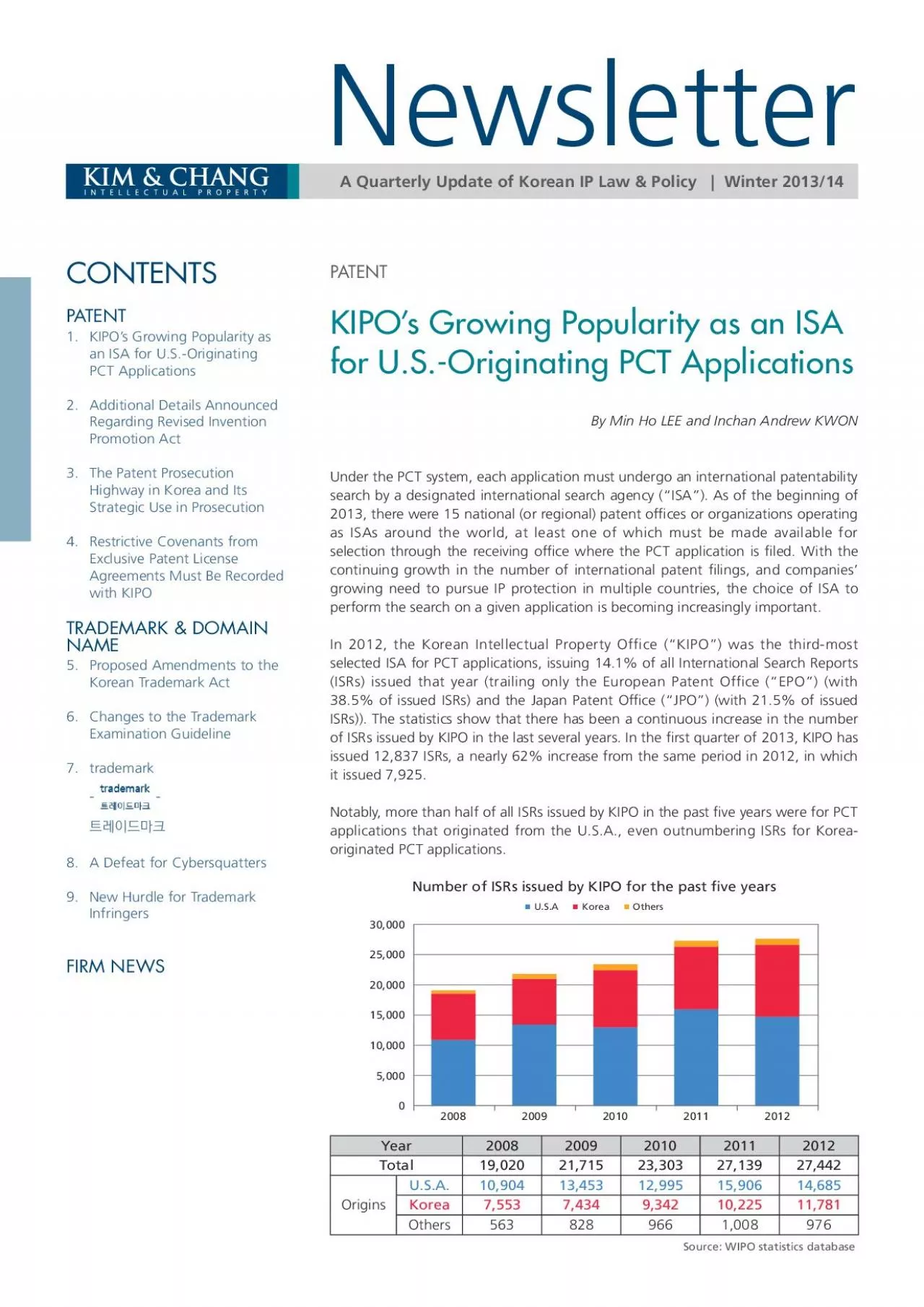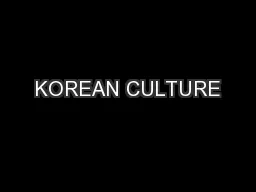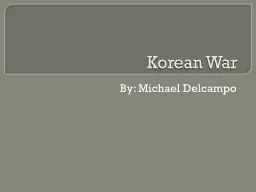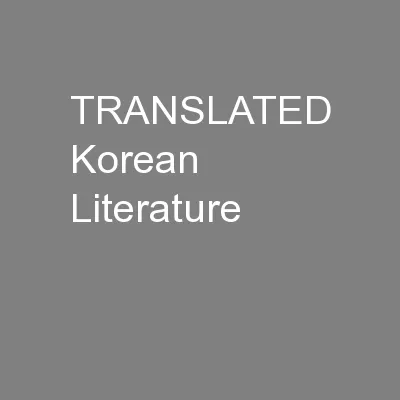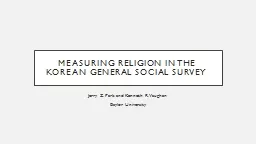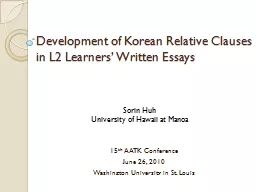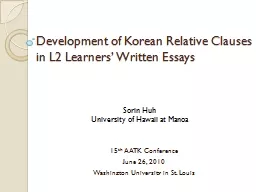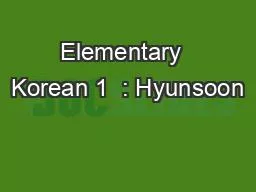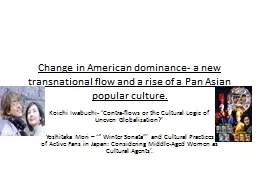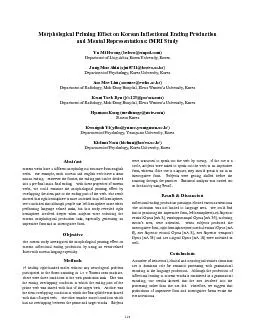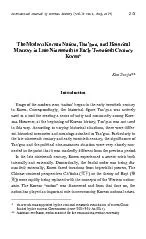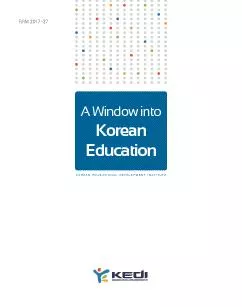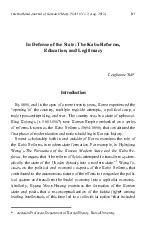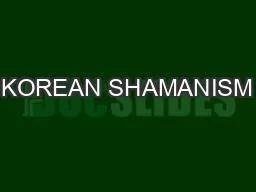PDF-A Quarterly Update of Korean IP Law Policy Winter 201314
Author : ximena | Published Date : 2021-08-24
PATENTKIPO146s Growing Popularity as an ISA for USOriginating PCT Applications2Additional Details Announced Regarding Revised Invention Promotion ActThe Patent Prosecution
Presentation Embed Code
Download Presentation
Download Presentation The PPT/PDF document "A Quarterly Update of Korean IP Law Pol..." is the property of its rightful owner. Permission is granted to download and print the materials on this website for personal, non-commercial use only, and to display it on your personal computer provided you do not modify the materials and that you retain all copyright notices contained in the materials. By downloading content from our website, you accept the terms of this agreement.
A Quarterly Update of Korean IP Law Policy Winter 201314: Transcript
Download Rules Of Document
"A Quarterly Update of Korean IP Law Policy Winter 201314"The content belongs to its owner. You may download and print it for personal use, without modification, and keep all copyright notices. By downloading, you agree to these terms.
Related Documents

